Expansion of Semiconductor Manufacturing
The semiconductor manufacturing sector is a pivotal driver of the Ultrapure Water Market, as the production of microchips requires extremely high-purity water. The increasing demand for electronic devices and advancements in technology are propelling the growth of semiconductor manufacturing facilities worldwide. Recent reports indicate that the semiconductor industry is expected to grow at a rate of approximately 10% annually, which directly correlates with the rising demand for ultrapure water. This growth is largely attributed to the proliferation of technologies such as 5G, artificial intelligence, and the Internet of Things, all of which necessitate high-quality water for production processes. Consequently, the Ultrapure Water Market is poised to benefit significantly from the expansion of semiconductor manufacturing, as companies invest in advanced purification systems to meet the stringent requirements of this sector.
Regulatory Frameworks and Compliance Standards
The Ultrapure Water Market is heavily influenced by regulatory frameworks and compliance standards that govern water quality across various sectors. Governments and regulatory bodies are implementing stringent guidelines to ensure that industries adhere to high standards of water purity, particularly in pharmaceuticals, electronics, and food processing. Compliance with these regulations is not only essential for operational legitimacy but also for maintaining consumer trust. Recent data indicates that non-compliance can result in substantial financial penalties and reputational damage for companies. As a result, industries are increasingly investing in ultrapure water systems to meet these regulatory demands. The ongoing evolution of compliance standards is likely to drive further growth in the Ultrapure Water Market, as companies strive to stay ahead of regulatory changes and ensure the highest quality of water in their processes.
Increasing Applications in Pharmaceutical Sector
The pharmaceutical sector is a major driver of the Ultrapure Water Market, as the demand for high-quality water is critical for drug formulation and manufacturing processes. The stringent regulations governing pharmaceutical production necessitate the use of ultrapure water to ensure product safety and efficacy. Recent statistics indicate that the pharmaceutical industry accounts for a substantial share of the ultrapure water market, with projections suggesting a growth rate of around 9% in this segment alone. This trend is likely to continue as more pharmaceutical companies adopt advanced purification systems to comply with regulatory requirements. Furthermore, the increasing focus on biopharmaceuticals and personalized medicine is expected to further elevate the demand for ultrapure water, thereby reinforcing its significance within the Ultrapure Water Market.
Rising Environmental Concerns and Sustainability
Environmental concerns are increasingly influencing the Ultrapure Water Market, as industries seek sustainable practices to minimize their ecological footprint. The push for sustainability is prompting companies to adopt water recycling and reuse technologies, which are essential for reducing water consumption and waste. The market is witnessing a shift towards eco-friendly purification methods that not only meet quality standards but also align with environmental regulations. Data suggests that the adoption of sustainable practices in water purification could lead to a reduction in operational costs by up to 20%. This trend is particularly evident in sectors such as electronics and energy, where companies are under pressure to demonstrate their commitment to sustainability. As a result, the Ultrapure Water Market is likely to see a growing emphasis on environmentally responsible practices in the coming years.
Technological Advancements in Water Purification
The Ultrapure Water Market is experiencing a surge in technological advancements that enhance purification processes. Innovations such as reverse osmosis, ion exchange, and advanced filtration techniques are becoming increasingly prevalent. These technologies not only improve the quality of ultrapure water but also increase production efficiency. According to recent data, the market for ultrapure water systems is projected to grow at a compound annual growth rate of approximately 8% over the next five years. This growth is driven by the need for high-purity water in industries such as pharmaceuticals and semiconductors, where even trace contaminants can lead to significant product failures. As a result, companies are investing heavily in state-of-the-art purification technologies to meet stringent quality standards, thereby propelling the Ultrapure Water Market forward.


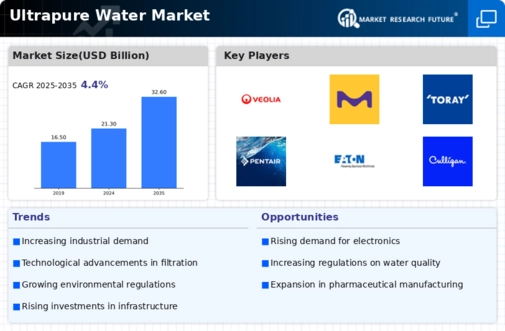
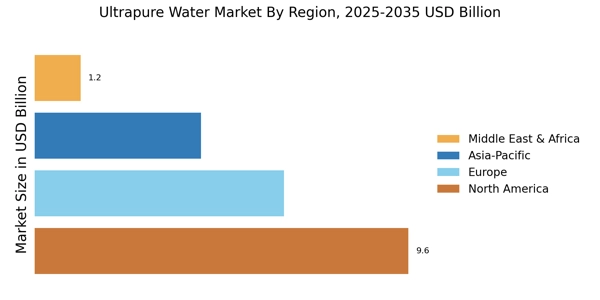
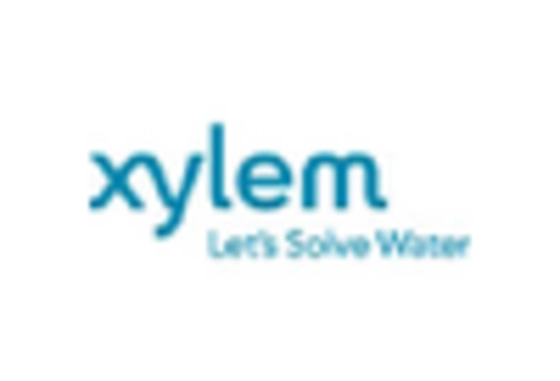
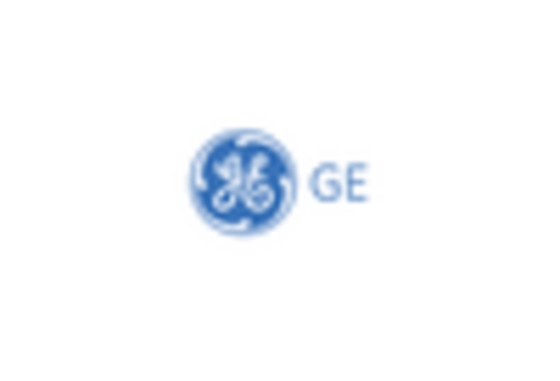

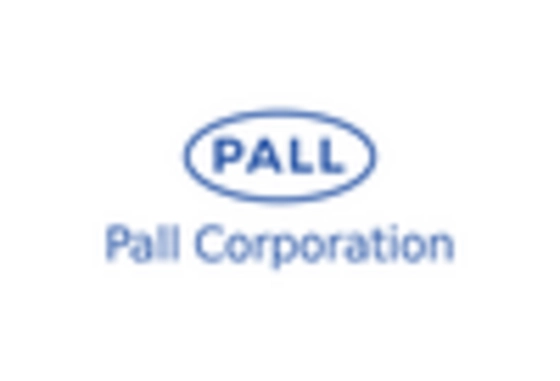
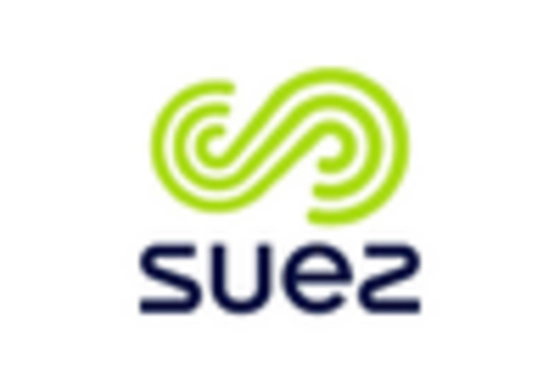
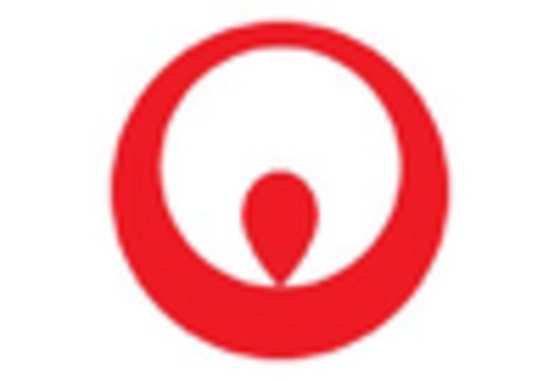








Leave a Comment